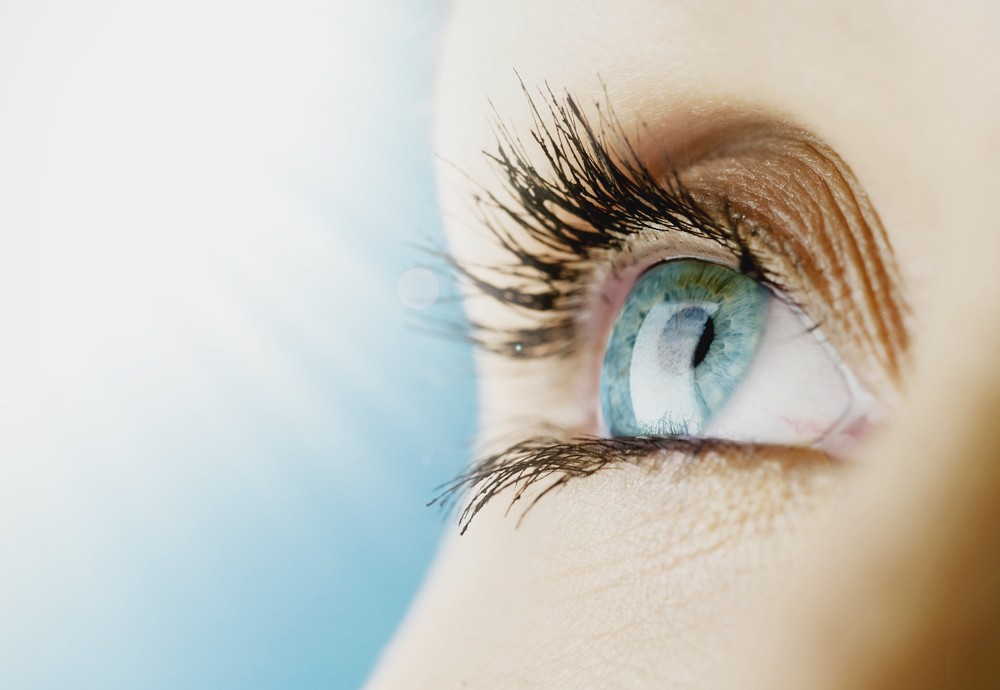When Is It Required For Your Youngster To Visit A Pediatric Optometrist? Indicators And Treatments

Material Produce By-Whitfield Gold
As a moms and dad, you might question when your youngster must see a pediatric ophthalmologist. It is very important to recognize the indications of possible vision troubles, like scrunching up your eyes or constant migraines. You'll intend to see to it your kid obtains the ideal analyses at crucial ages. Recognizing these guidelines can aid you take aggressive steps for their aesthetic health. However what certain indicators should you try to find, and what options are readily available?
Common Signs of Vision Issues in Kid
When you observe your kid scrunching up your eyes, massaging their eyes, or having a hard time to focus on remote objects, it might be time to consider their vision health and wellness. These indications can suggest underlying concerns that need interest.
You may also see them avoiding reading or close-up jobs, frequently tilting their head, or suffering frustrations after college. If https://docs.google.com/document/d/1pz4jz7zkt29_krq8HVV8DNF5C_CyF-jSkHeYSx_WFKI/edit?usp=sharing appears conveniently distracted or has trouble adhering to moving objects, it could signify a vision trouble as well.
Additionally, if they usually cover one eye or experience trouble with deepness perception, it's vital to act. Being positive regarding these signs can cause timely interventions, ensuring your kid's vision develops appropriately and supporting their learning and everyday activities.
Do not think twice to speak with a pediatric ophthalmologist if you're concerned.
Age-Specific Guidelines for Eye Exams
Eye exams are crucial at different phases of your child's advancement, and understanding when to schedule them can make a big distinction.
For infants, it's advised to have their initial eye exam at 6 months. This aids capture any type of potential concerns early.
As your youngster comes close to age three, an extensive examination is essential to analyze their vision and eye placement.
Once they begin school, around age five or 6, ensure they have actually one more test to look for vision changes that can impact learning.
Afterwards, regular eye tests every one to two years are generally adequate, unless your kid has particular issues or danger factors.
Remaining positive with these standards aids preserve your child's aesthetic wellness for a lifetime.
Solutions for Common Pediatric Vision Issues
Dealing with typical pediatric vision issues early can considerably enhance your kid's quality of life and learning experience.
If your child battles with nearsightedness or farsightedness, restorative glasses or call lenses can help them see clearly.
For problems like amblyopia (lazy eye), treatments like covering the more powerful eye can boost vision in the weaker one.
If your kid has actually strabismus (gone across eyes), choices like vision treatment or surgical treatment may be required to align the eyes.
Normal eye examinations are necessary for keeping track of these conditions and adjusting treatments as needed.
Urge healthy and balanced eye practices, like restricting screen time and ensuring proper lights while analysis.
Verdict
To conclude, watching on your youngster's vision is important. Keep in mind to arrange their initial eye test by six months, and follow up at age 3 and about five or six. If Pediatric Eye Health And Safety notice indications like scrunching up your eyes or issues of frustrations, don't wait-- seek advice from a pediatric optometrist. Early detection and tailored services can make a huge distinction in your youngster's aesthetic health and general wellness. Take action currently to ensure they see the globe clearly!

